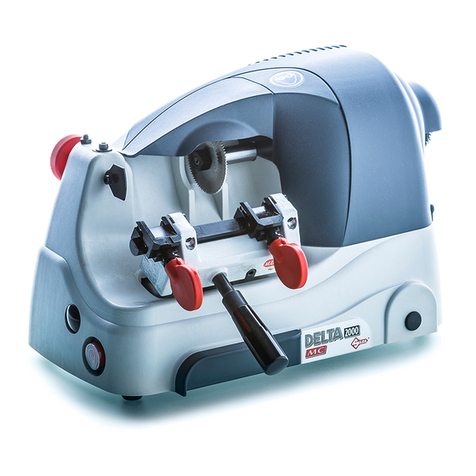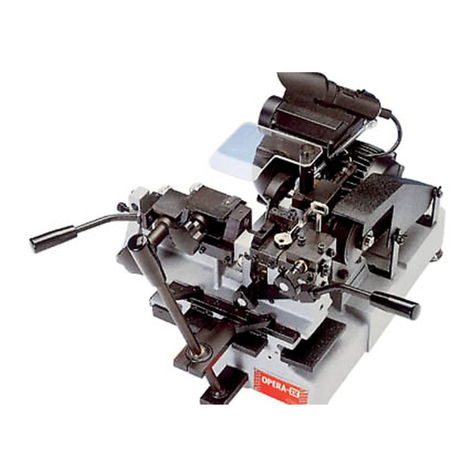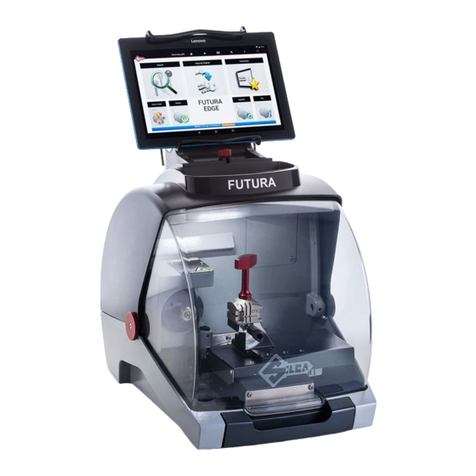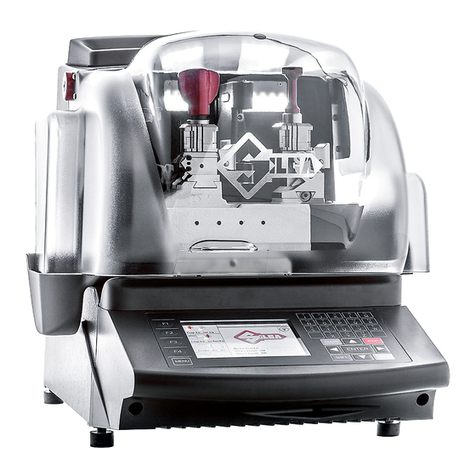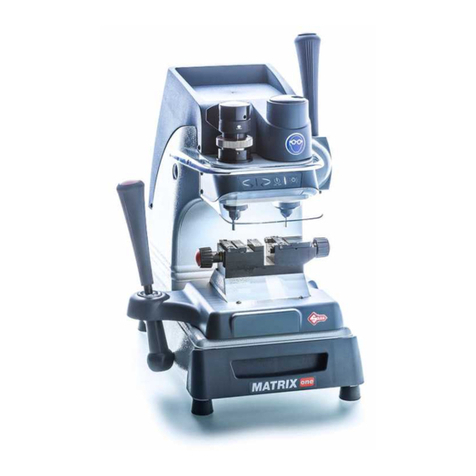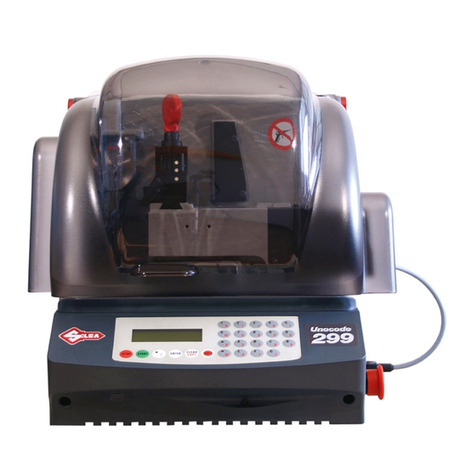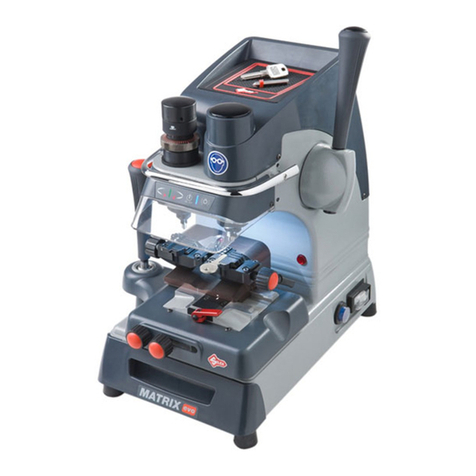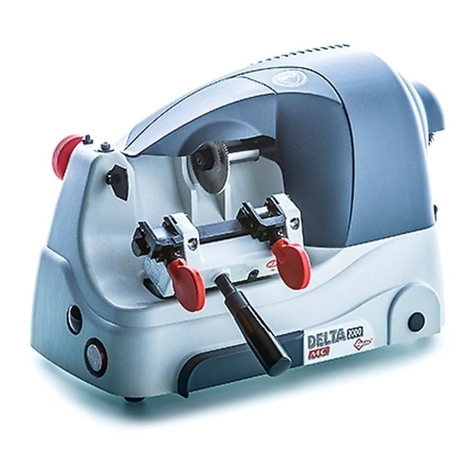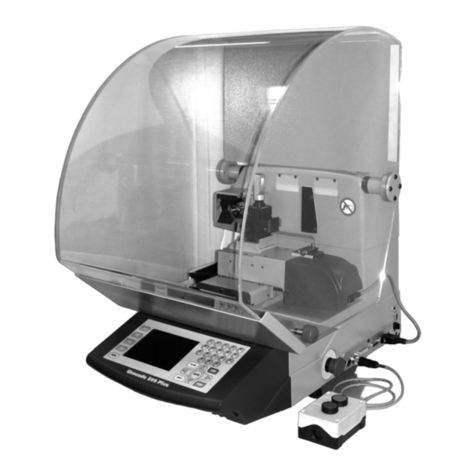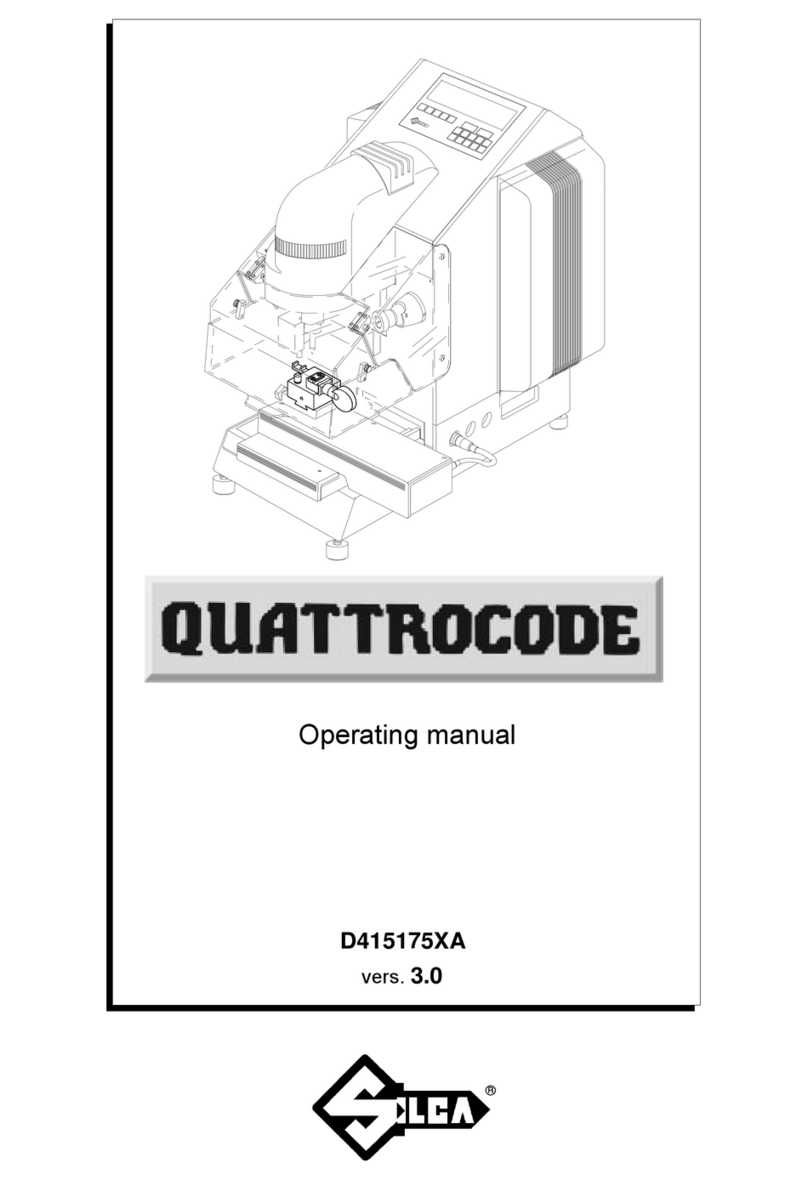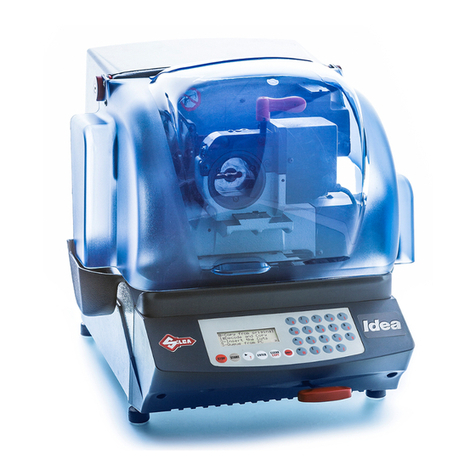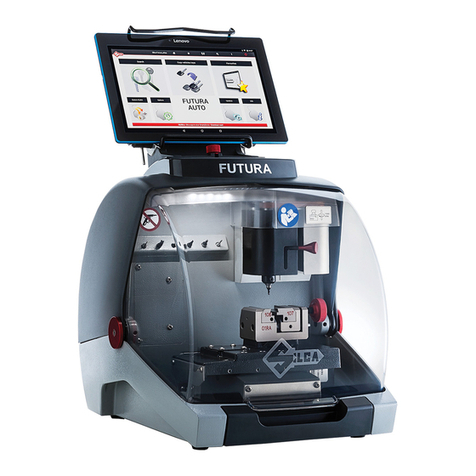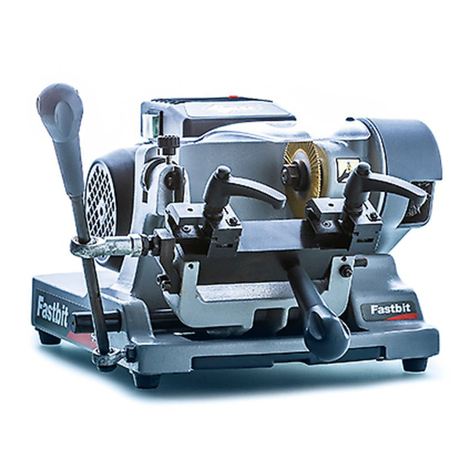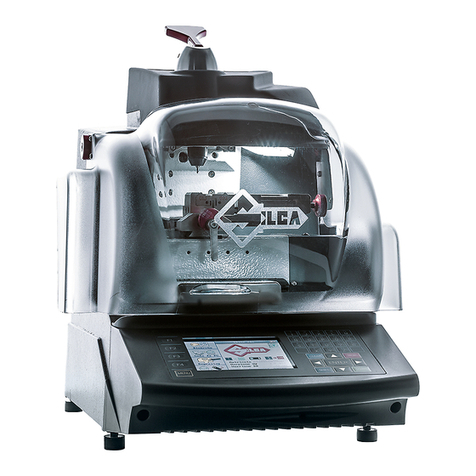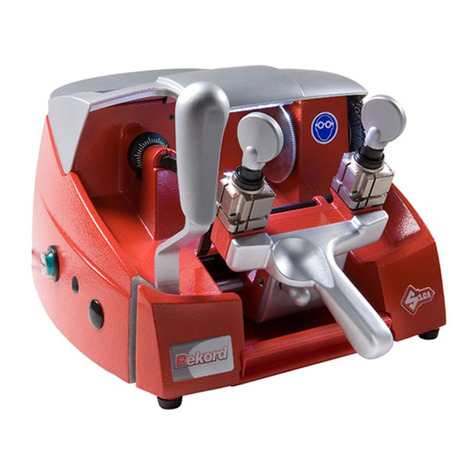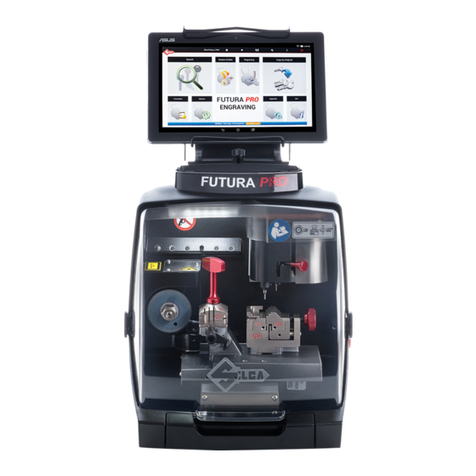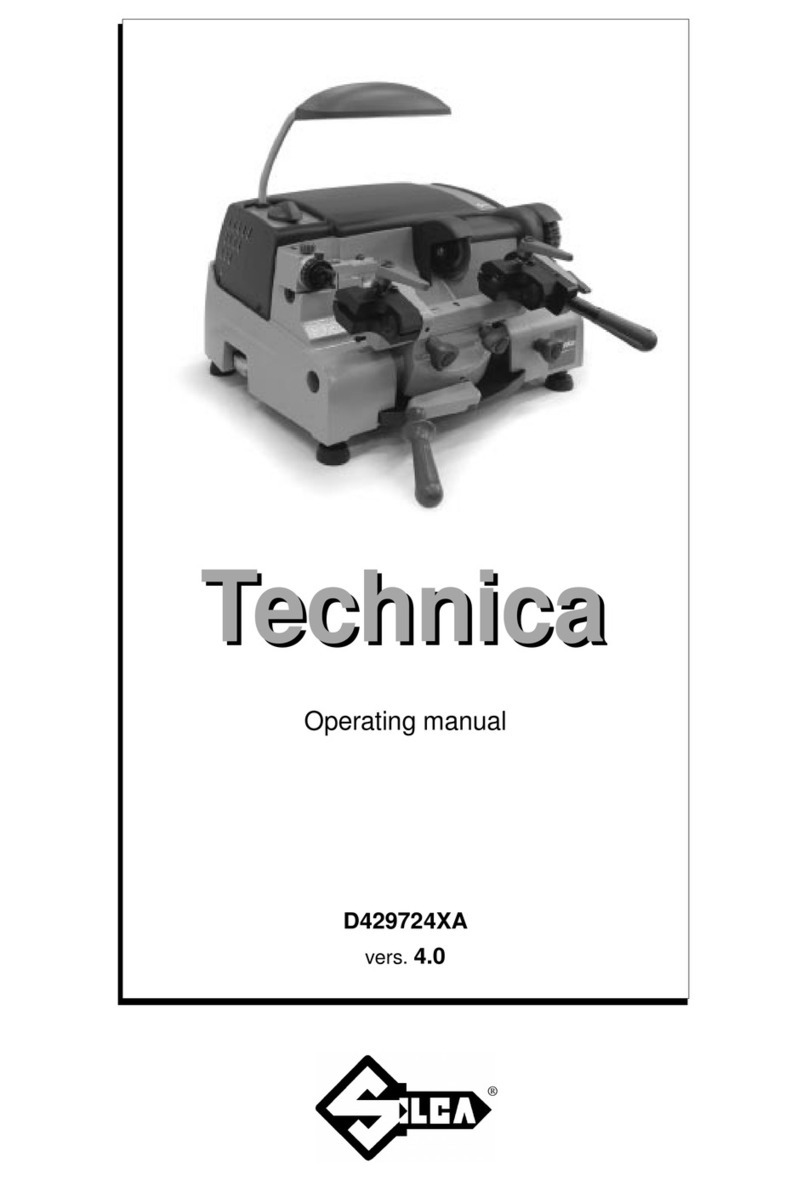
INDEX
GUIDE TO THE MANUAL ......................................................................................1
GENERAL INTRODUCTION .................................................................................2
1 TRANSPORT ...................................................................................................4
1.1 Packing .................................................................................................4
1.2 Transport ..............................................................................................4
1.3 Unpacking .............................................................................................4
1.4 Handling the machine ...........................................................................5
2 WORKING PARTS ..........................................................................................6
3 MACHINE DESCRIPTION ...............................................................................7
3.1 Safety ....................................................................................................8
3.2 Technical Data ......................................................................................8
3.3 Electric circuit ........................................................................................9
4 ACCESSORIES PROVIDED .........................................................................10
5 MACHINE INSTALLATION AND PREPARATION .......................................11
5.1 Checking for damage ..........................................................................11
5.2 Environmental conditions ....................................................................11
5.3 Positioning ..........................................................................................11
5.4 Description of work station ..................................................................12
5.5 Graphics .............................................................................................12
5.6 Separate parts ....................................................................................12
5.7 Connection to the mains .....................................................................12
5.8 Display functions .................................................................................13
5.9 Checking and setting ..........................................................................14
5.10 Calibration ...........................................................................................14
5.11 Gauging by electric contact ................................................................14
5.12 Mechanical calibration (without electric contact) ................................16
6 CUTTING OPERATIONS ..............................................................................18
6.1 Key cutting ..........................................................................................18
6.2 Cutting cruciform keys (with 3 fins) .....................................................19
7 CLEANING AND MAINTENANCE ................................................................21
7.1 Preparing for maintenance .................................................................21
7.2 Replacing the cutting tool ...................................................................21
7.3 Replacing the brush ............................................................................22
7.4 Replacing the tracer point ...................................................................22
7.5 Regulating of maximum carriage depth ..............................................23
7.6 Replacing the fuses ............................................................................23
7.7 Access to bottom compartment ..........................................................24
7.8 Replacing the master switch ...............................................................24
7.9 Replacing the condenser (motor) and/or feeder (lamp) ......................25
7.10 Replacing the microswitch ..................................................................26
7.11 Replacing the commutator ..................................................................27
7.12 Replacing the push button ..................................................................28
7.13 Replacing and/or tightening the belt ...................................................29
7.14 Replacing the 2 speed motor ..............................................................30
7.15 Replacing the light bulb ......................................................................31
7.16 Replacing carriage spring ...................................................................31
7.17 Replacing the Display Unit ..................................................................33
7.18 Replacing the Display Battery .............................................................33
8DISPOSAL ....................................................................................................34
9 ASSISTANCE ................................................................................................35
9.1 How to request service .......................................................................35



